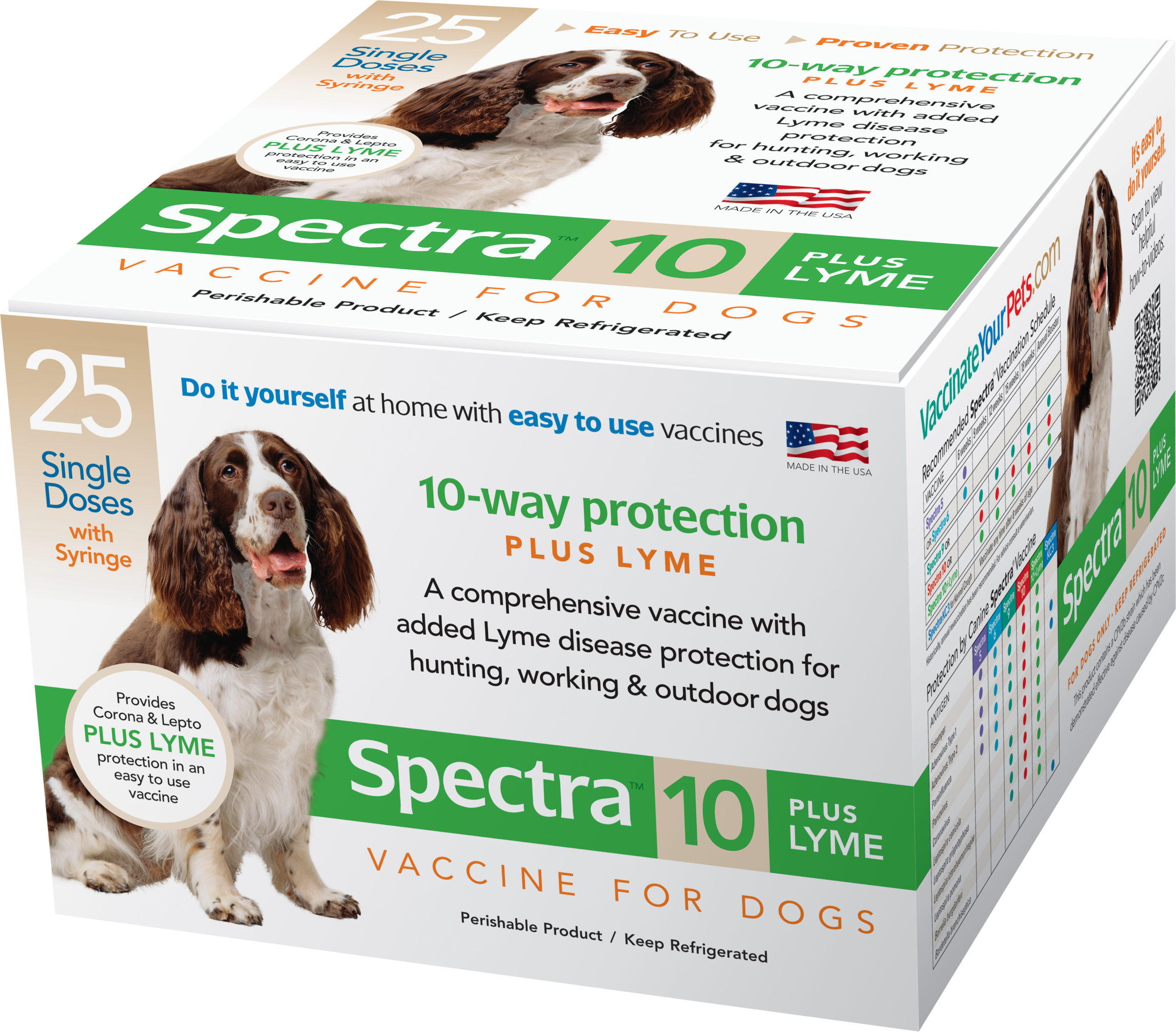
Lyme disease is a bacterial illness caused by Borrelia burgdorferi bacteria and transmitted through the bite of a tick. Lyme disease can affect domestic animals such as horses, dogs and cats as well as humans. According to the U.S. Centers for Disease Control and Prevention (CDC), Lyme disease is one of the most common infections transmitted by ticks and can be hard to detect. At least 4 known species of ticks can transmit Lyme disease, however, the great majority of transmissions are due to the bite of a deer tick, also commonly called the black-legged tick. The tick itself does not cause Lyme disease; they harbor and transmit the bacteria that cause it. Once the infection presents itself, dogs can become feverish and lame in one or more joints. The good news is the infection that causes Lyme disease is preventable.

Ixodes scapularis, also commonly known as the deer tick or black-legged tick.
Regardless of the stage of the tick's life cycle (larva, nymph or adult), if the tick carries the bacteria, people and dogs can become infected if bitten. The risk of transmission is highest during periods when the nymphs and adults are actively seeking hosts in the spring and fall. Ticks that carry Lyme disease are likely to be found in tall grasses, thick brush, marshes and woods. Once a tick attaches itself, it takes 1-2 days for it to transmit the bacteria, so prompt removal of ticks is very important.
Lyme disease in dogs has been reported in every state in the United States, but certain geographical areas are more susceptible to the ticks than others. Over 95% of cases are from the Northeast, Upper Midwest and the Pacific Coast. The potential for infection exists in almost every location in any month, depending on the weather and amount of infected ticks present. Check out this interactive map to see where Lyme disease is most prevalent in the United States.

Dogs infected with Lyme disease can experience a variety of symptoms or none at all. Once infected, dogs can take anywhere from 2-5 months to start displaying symptoms. The most common signs include fever, loss of appetite, painful or swollen joints, lameness, swollen lymph nodes and lethargy. If Lyme disease goes untreated, it can lead to long term damage in the kidneys, nervous system and heart.
The diagnosis of Lyme disease is made from a combination of history, physical symptoms and diagnostics. It can be difficult to diagnose. Veterinarians may perform blood diagnostic tests such as C6 and Quant C6. This test detects antibodies against the C6 protein, indicating a Lyme infection. C6 antibodies can be detected three to five weeks after the bite occurs. He or she may conduct additional tests to help diagnose infection and determine whether it has affected the kidneys.
Once diagnosed, antibiotics (usually for at least 4 weeks) are appropriate for all dogs with signs of Lyme disease. In some cases, infection may persist in spite of antibiotics and may require further treatment. Although there are treatment options, prevention is the best way to keep your dog safe from acquiring Lyme disease.
Tips for Prevention of Lyme Disease:
- Dogs should be treated regularly with a reliable and effective flea & tick control product
- After being outdoors, dogs should be routinely checked, especially if they have been in tall grass or brush
- Perform routine tick checks and brush your dog often. Be sure to check their feet, in between toes, lips, around eyes, ears and under the tail
- If possible, keep grass as short as possible and avoid walking your dog in endemic tick areas with long grass or heavy brush
- Any ticks found on your dog should be promptly removed with fine-pointed tweezers
- Vaccinate your pet against Lyme disease. Vaccinations can be administered at your pet's annual veterinarian check-up, but Durvet also offers a full line of do-it-yourself vaccines that can be administered from the comfort of your home.
Please Note: This information is for educational purposes only and not intended to treat, diagnose or prevent any disease. In all cases, it is each owner's responsibility to obtain veterinary services and advice before using any of the information provided. Durvet encourages owners to make their own animal health care decisions in partnership with their veterinarian. Please read all labels carefully. Product is for veterinary use only. Not intended for use in humans.
Sources: American Kennel Club, Merck Veterinary Manual, Boehringer Ingelheim,


 BACK TO MAIN BLOG
BACK TO MAIN BLOG 

Comment